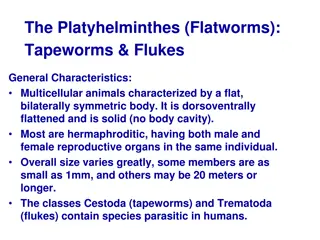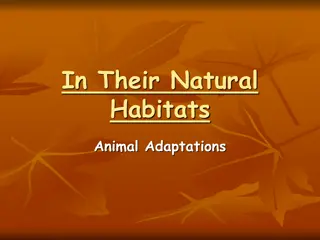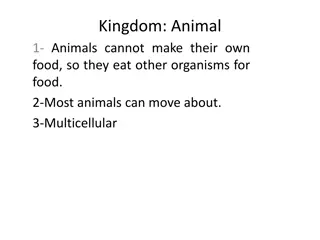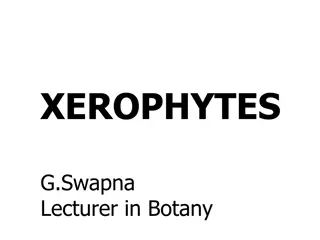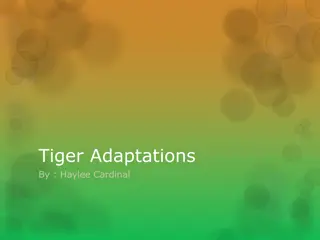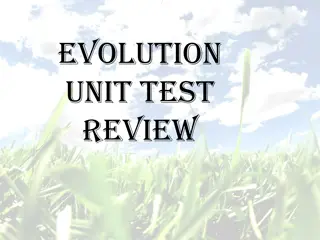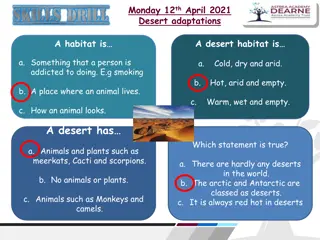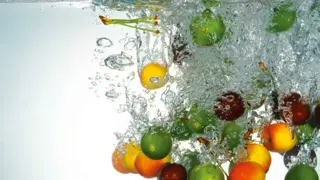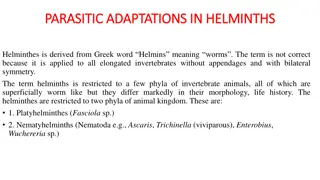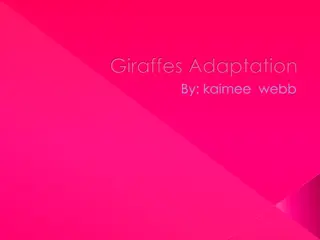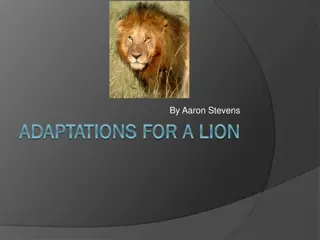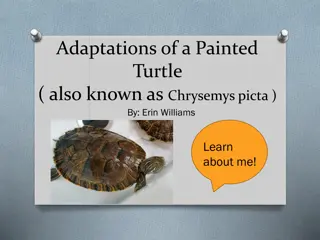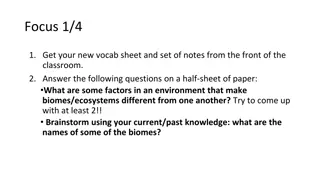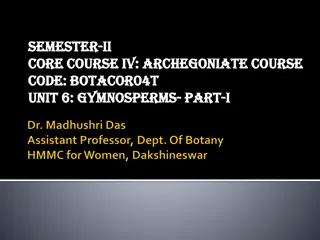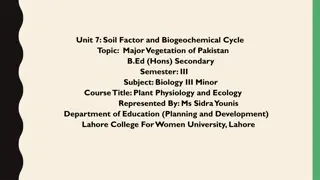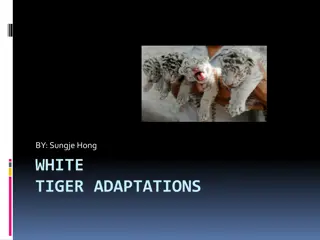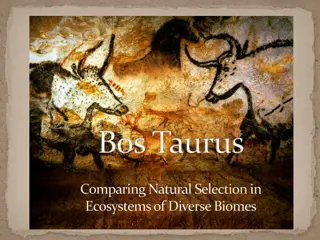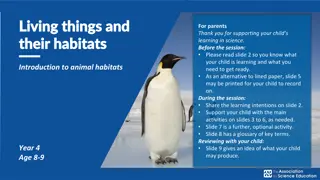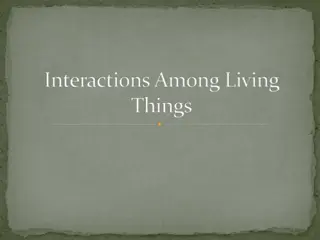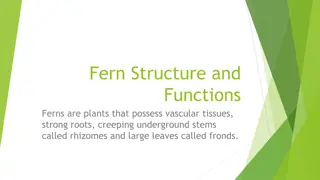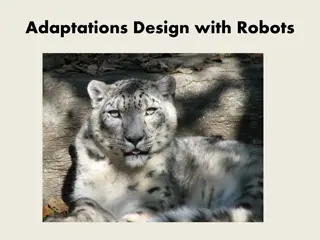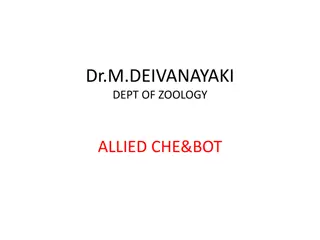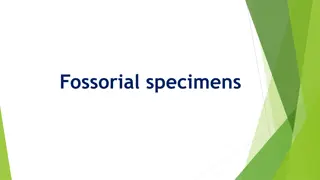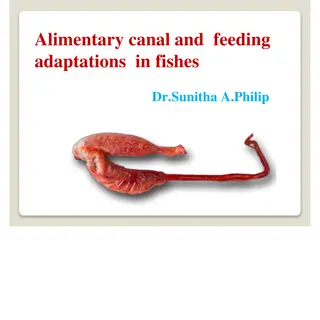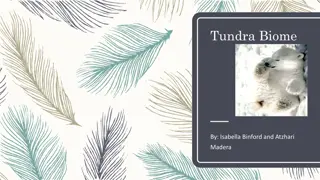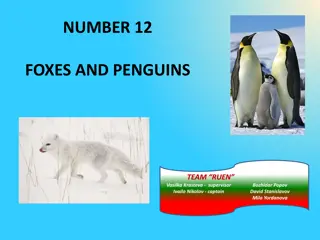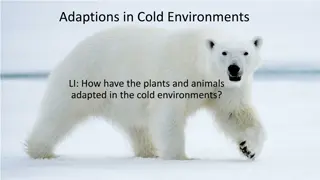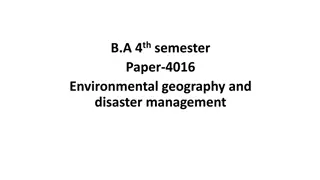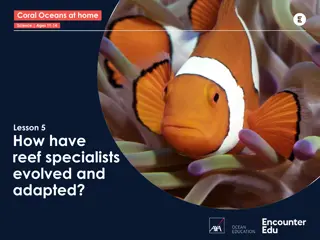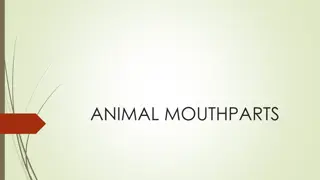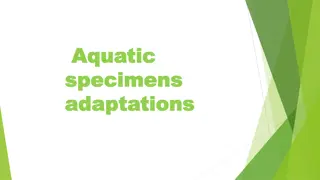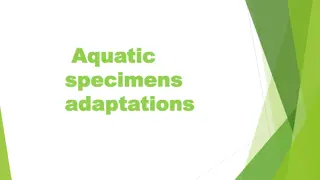Understanding Platyhelminthes: Characteristics and Adaptations
Platyhelminthes, also known as flatworms, exhibit a dorsoventrally flattened body with bilateral symmetry. They can be endoparasites or free-living organisms, with some displaying unique adaptations for attachment and survival. These acoelomate organisms lack a complete digestive system, excreting waste through flame cells. Hermaphroditism is common, and regeneration abilities vary among species. Explore the diverse features and adaptations of this fascinating phylum.
Download Presentation

Please find below an Image/Link to download the presentation.
The content on the website is provided AS IS for your information and personal use only. It may not be sold, licensed, or shared on other websites without obtaining consent from the author. Download presentation by click this link. If you encounter any issues during the download, it is possible that the publisher has removed the file from their server.
E N D
Presentation Transcript
4. Phylum : Platyhelminthes (platy -flat, helminth -worms) e.g. Planaria, Taenia (Tapeworm), Fasciola (Liver fluke).
Salient features of phylum platyhelmintes: *Habitat- 1.Animals are mostly endoparasites few are free living. (Planaria.) * Body shape- 1.The body of these animals is dorsoventrally flattened with bilateral symmetry. *Body organization: 2.They show organ-system grade of the organization. *Germ layers- 3.They are triploblastic
*Coelom: 4. . They are acoelomate. .*Body plan 5. They show blind sac body plan. * Special feature- 6. free living forms are covered by cilia and parasitic forms have hooks and suckers for attachment to the host body. 7. In parasitic forms, the body is covered by a cuticle. 8. Digestive system is absent in parasitic forms and incomplete in free living forms.
9. Excretion and osmoregulation occurs by flame cells or protonephridia . * Reproduction- 10.Animals are hermaphrodite (bisexual). Self fertilization is seen. 11. Few animals show high power regeneration and show polyemryony.



